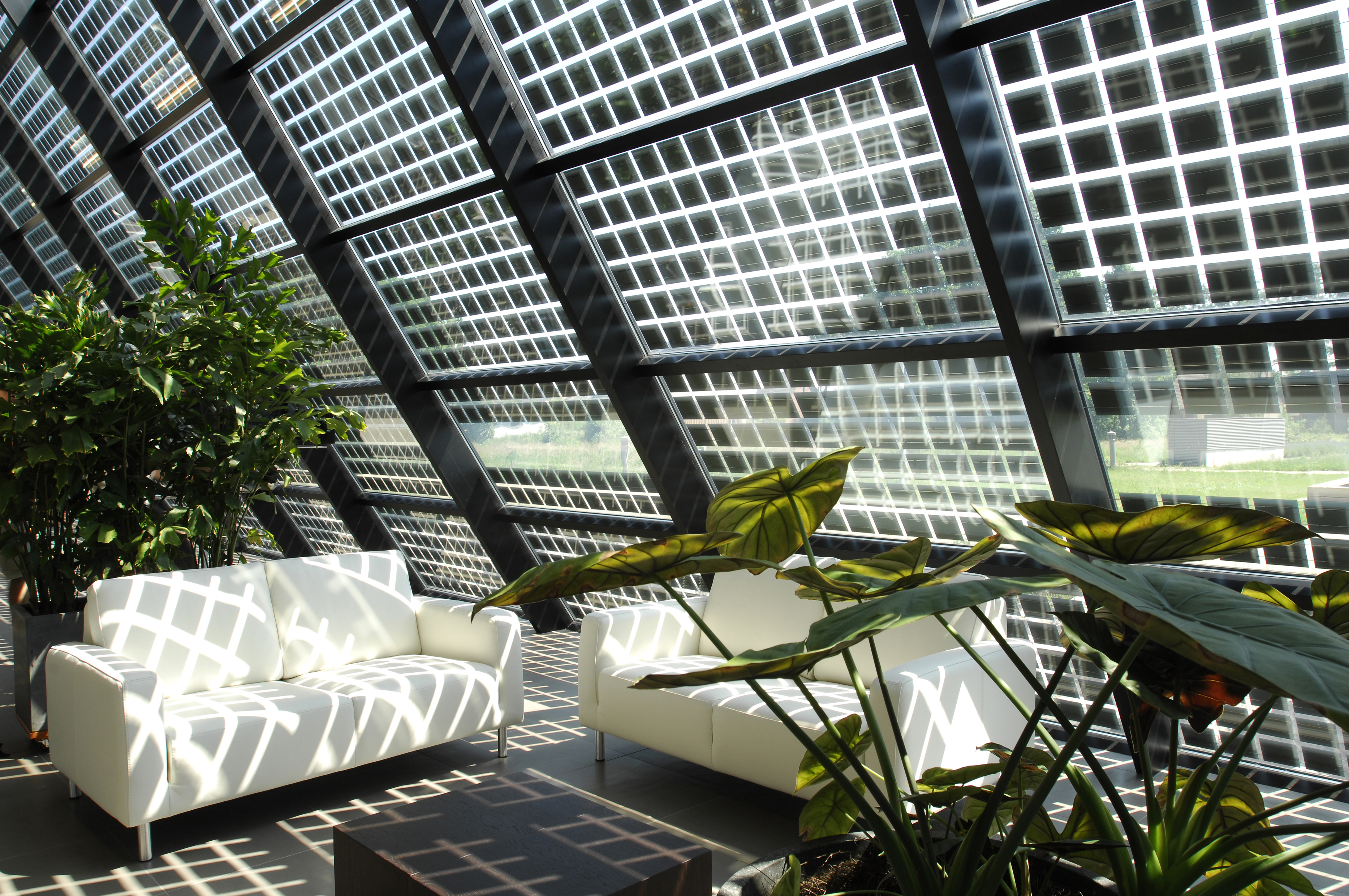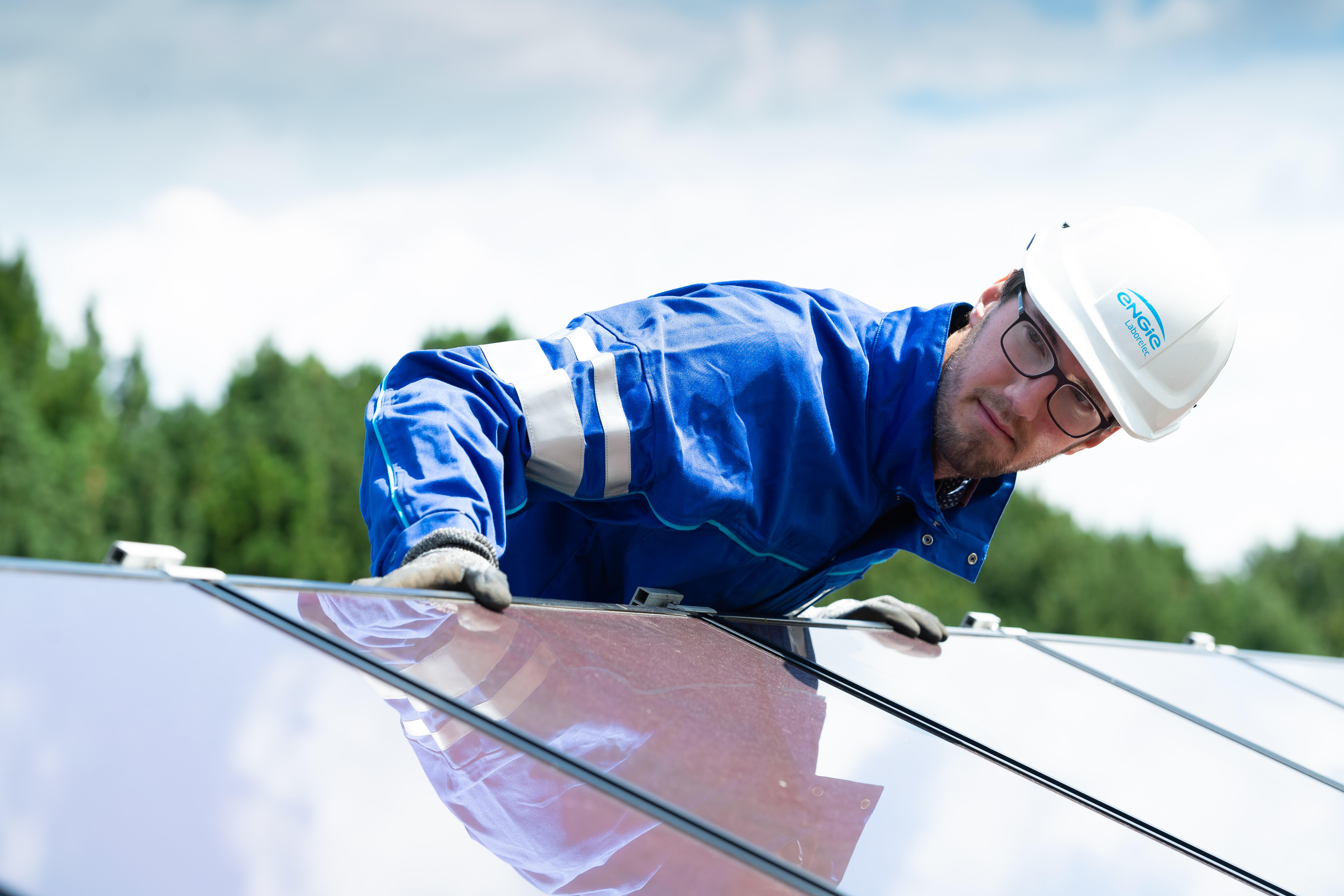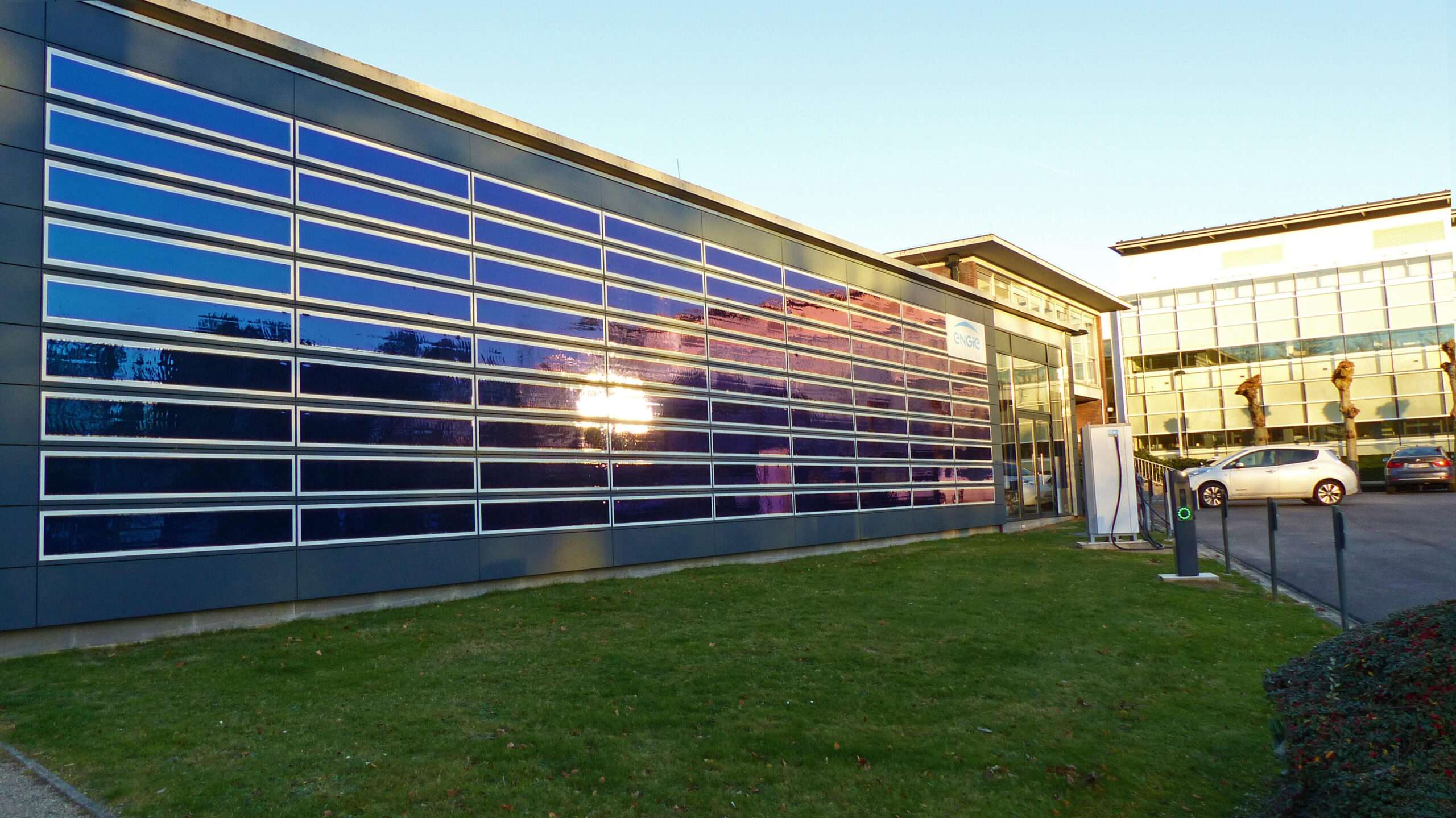Source: survey in the magazine Building Management 3/2024: Decarbonisation of Buildings / Author: Andrea Dingová
Zero CO2 buildings represent quite a challenge for the future. However, if we want to minimise the negative impacts resulting from global warming and climate change, we don’t have much choice. Kristína Baloghová, Manager of Energy Services, ENGIE Services, talked about the future of buildings and the importance of decarbonising them in an interview in the magazine Building Management with editor Andrea Dingová.

What requirements will building owners have to meet in accordance with the Energy Performance of Buildings Directive in the coming years in terms of decarbonisation?
Decarbonisation will have to continue along two parallel paths that will lead EU countries to the stated goal of carbon neutrality by 2050.
One of the ways is to achieve energy savings by improving the thermal performance of buildings, replacing heating, cooling and air conditioning sources and optimising the operation of renovated buildings. This is where there is great scope for expanding energy management services . On the other hand, demand is already outstripping supply, as there are few people with the necessary training and experience in this field. Investors will have to increase their demands on upcoming projects and strategically plan the gradual renovation of buildings. International companies, with a portfolio of large buildings and projects, have already started these activities long ago; others will have to join them. However, legislation now also brings a lot of bureaucracy, lengthy processes that take time to prepare the project and there is no time left to work out the technical issues. This puts the public sector at a bit of a disadvantage, as can be seen in the dynamics of the renovation of public buildings.
The second way to decarbonise is to change the fuel base. The EU’s desire to consume as little natural gas as possible has long been communicated. For Slovakia, this change is a major challenge. This is especially so because our gas supply is at a high level, and also because the climatic conditions, for the efficient use of heat pumps with commonly used refrigerants, are very difficult in some districts. Nevertheless, this challenge will have to be met. A simple example is the fact that just changing the fuel from natural gas to electricity will result in a 15% saving inCO2 equivalent emissions. If we produce hot water using solar panels instead of a natural gas boiler, we save 100% of emissions.

Why is it important to reflect these requirements to reduce greenhouse gas emissions, and therefore to decarbonise buildings?
Because it is at least important to comply with the requirements of the legislation. However, meeting these requirements can also be beneficial to the building owner. Properly planned decarbonisation measures will not only save energy costs, but also extend the life of the building. A good example is insulation, where an energy saving measure is also a refurbishment of the building envelope. Replacing old boiler technology, heating elements and control systems can also be seen as a necessary intervention in outdated technology. In Slovakia, there is a high proportion of buildings older than 50 years. There, the technology is clearly ‘ripe’ for replacement. But decarbonisation also concerns the promotion of non-motorised transport and electromobility. Savings can also be achieved with greater user involvement in the building. However, they need to be equipped to do this. Bicycle parking and showers for cyclists need to be provided so that even an office worker can get to work without consuming fossil fuels. This is all regulated by the new legislation. Moreover, these activities can be communicated as raising the level of service provided in the building.
What measures are appropriate or need to be taken to achieve zero-emission buildings? Is it even feasible?
Zero-emission buildings is a very ambitious target. This is because zero-emission renewables are dependent on the influence of weather and weather conditions. Renewable energy generation is not constant over time and seasonal energy storage is not yet designed to be competitive in practice. Despite the change of heat source from natural gas to electricity, emissions will not be zero because grid electricity has a non-zero coefficient. In the period when we need heating the most, production from PV is minimal.
At present, the economically and energetically sensible solution is to use renewable resources when they are available and to use fossil fuels while they are still available in times of adverse climatic conditions.
Action must also be taken by everyone for themselves. The user must also adapt. So a key measure is also a good communication policy when implementing austerity measures. For example, if we have temperatures of over 35 °C outside, the user cannot demand a temperature of 22 °C indoors. Achieving true zero-emissivity buildings requires, in addition to developments in technology, a change in user behaviour.

How do you support your clients in meeting these goals?
ENGIE Services assists its clients in defining the baseline condition of a building, as well as in designing measures, quantifying objectives, preparing strategy, financing, implementation and operation. It is not appropriate to set unrealistic targets. In this case, the investment may be disproportionately high and the funds may not be used efficiently. The sequence of steps is also very important. If we want to install a heat pump in two years’ time, we will not replace the heating elements tomorrow at a temperature gradient that the heat pump cannot cope with.
Our company is also able to provide the necessary project documentation as well as the implementation of modifications. Subsequently, we can offer our clients Facility Management, Energy Management as well as Guaranteed Energy Service (GES) services. In Slovakia, GES is still a somewhat underestimated tool, but it is required by legislation for the renovation of public administration buildings and I believe that it will also be essential for achieving the EU decarbonisation targets.
What is the global trend in this area? Is Europe not alone in this vital initiative?
According to global statistics, by 2022 many countries have increased their renewable energy (RE) capacity. Significant growth is consistently concentrated in a few countries and regions such as Asia, the US, and Europe. Thus, the EU is by no means alone in this endeavour, it just may have different tools than other countries.
We are currently witnessing massive developments in the field of low-emission technologies,CO2 capture from the air and so on. These developments are not feasible, in terms of the level of investment and the size of the market, for the EU alone. The trends in development are therefore certainly broader in scope, if not almost global.
